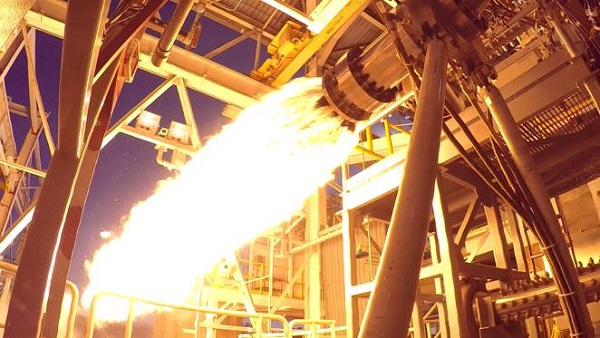GSAT-17 is a geostationary communication satellite of India Owned and developed by ISRO and operated by INSAT. GSAT-17 is based on the I-3K bus with the designed in-orbit operational life of 15 years. GSAT-17 was injected into the orbit with its co-passenger Hellas Sat 3-Inmarsat S EAN (Europasat).
 |
| (Source-ISRO) |
LAUNCH:
o GSAT-17 was
successfully launched on 28th June 2017 aboard an Ariane 5 VA-238 rocket from the Guiana space centre in
Kourou, French Guiana.
o This is the 21st satellite of ISRO to be launched by Arianespace. At the time of launch, it was one of the heaviest satellite built by ISRO.
DESIGN AND CONFIGURATION:
o
Weighing 3477
kg of lift-off mass GSAT-17 has 6KW power generation capacity. The satellite’s
relay payload is composed of Ku-band, Normal C-band and Extended C-band
transponders.
o It
additionally carries a dedicated transponder for data relay(DRT) and
search-and-rescue(SAR) services.
o It also carries equipment for meteorological data relay and satellite-based search and rescue services being provided by earlier INSAT satellites.
 |
| (Credit-ISRO) |
FEATURES AND APPLICATIONS:
GSAT-17 provides replacement capacity in different frequency bands and protect operational services. It also supports existing telecommunication, television and VSAT services in the country.
The footprints of the GSAT-17 spacecraft cover the entire mainland of the country.
Communication, meteorological data relay and satellite-based search and rescue is the main the focus of GSAT-17.
GSAT-17
OUTLINE:
Launch
vehicle -Ariane 5 VA-238
Power -6200 Watts
Orbit -GSO
Mission
Life -15 years
Application -Communication
Opeartor -INSAT
Owner -ISRO






0 Comments